
Winants’ ongoing study of natural phenomena is focused on visualising the invisible forces driving climate change, such as atmospheric gas or microparticles. This inquiry informs a shape-shifting practice in which she moves fluidly between video, sound, site-specific interventions, and public engagements, including talks at conferences. Among these varied forms, the photographic image plays a prominent role, full of potential to capture what otherwise escapes visibility.
In 2024, Winants was nominated by FOMU, Photo Museum Antwerp, for FUTURES. In May-June 2025, she took part in its Residency Program at the FUTURES Hub in Amsterdam. I met the artist shortly after her return from Brittany, where she had spent two weeks working in what she calls an “underwater studio,” developing the early stages of her new project, Fossils of the Future. In just a few days, she will present test prints, a video documenting her dives, and a site-responsive piece during the public event marking the end of the residency. In this space of experimentation and reflection, on the threshold of a new body of work, we spoke about her evolving process and methodology.

Daria: Your work often engages with more-than-human temporalities. In Time Capsule. Words From a Tongue We Are Losing I (2023), you make data from a 300-million-year-old past tangible. You carefully study air bubbles trapped in the ice cores of the Arctic ice sheet, examining these samples and designing techniques to capture the composition of light. The resulting images are both abstract artistic pieces and scientific tools for analysis. In Fossils of the Future, your interest in air bubbles as carriers of environmental information continues, this time by catching them in the ocean and focusing on their role in water composition. Could you tell us more about your fascination with these air bubbles, and how you translate the data they contain into images? And then, the other way around: how might images themselves offer a way of interpreting data?
Laure: I usually work with scientists to analyze the different colors that emerge in the images, as they reflect the air composition of bubbles and can reveal information about specific gases. For example, red and pink can indicate the presence of methane. Other colors can be deciphered as well. In a way, we access the story of time through light.
For Fossils of the Future, I collaborate with a chemist to develop a paper prototype that is both acid- and light-sensitive. I place these sheets in different stages of the water column and on the seabed, and they react to the chemical composition of the water, which results in different colors, depending on the ecosystem interaction and the depth at which I place the papers, between two and ten meters.
With the ice cores, the bubbles were the time capsules, the actual fossil samples of the past atmosphere. In the new project, the prototype and what happens with it in my experiment becomes the fossil of tomorrow. Everything we do on Earth leaves an imprint in the elements, geology, air and water. In glaciology and oceanography, we usually travel from deep time to the present. But the question here is: What kinds of fossils are we leaving behind for the future? What will these future air bubbles contain as they form now in the ocean, carrying traces of today’s world and humanity’s impact on it?

Daria: Let’s dive a little deeper into Fossils of the Future. What have you been working on in Brittany and during the Residency Program?
Laure: In Brittany, I completed 12 dives, resulting in 12 images, not including some smaller tests. I still need to develop and fix their largest part. At the same time, I’ve been experimenting with an algae-based developer, this is still in progress. In the original images, you can see salt crystals forming, since I’m working with salt water, which naturally crystallizes over time.
Conceptually, my goal is to reveal a pantone of the impact of acidification on the ecosystem. The effect is profound. Imagine breathing in vinegar with every breath—that’s what acidification does to shells and marine life. The ocean acts as a carbon pump, helping to re-oxygenate the atmosphere, so we are deeply connected to it. In fact, we are part of the ocean, and I want to show this interconnection. The colors in the images will be used to trace acidification, and we’ll also incorporate laboratory techniques like chromatography to support this exploration.
Daria: You collaborate with many scientists and institutions. For example, in Time Capsule, you worked with the Polar Institute. Other past collaborators include Háskóli University in Iceland, the Pic du Midi Observatory in France, and many more. For Fossils of the Future, you're currently in the process of forming a new team. How do these scientific partnerships shape your artistic methodology?
Laure: I’m deeply interested in how knowledge is generated through action, what is often called “doing as knowing.” At the same time, my approach draws from the concept of synaesthesia: the translation of one form of knowledge into another. I explore what happens when disciplines like photography and science intersect: fields that, at their core, share common ground in physics, optics, and chemistry. And, of course, in light. Which is a powerful tool across these areas for engaging with the invisible. It helps us observe phenomena that are distant, either in time or in space, like analyzing the composition of air on Mars. Or when we speak of climate change, what are we really referring to? A transformation in the makeup of atmospheric gases. Yet we cannot see, touch, or physically sense them. So how do we learn to care for what lies beyond perception? By using a prism, I can translate those invisible gases into visible spectrums of color.
In this synaesthetic process, I also search for new ways to narrate climate change, ones that sidesteps the dominant narratives provoking eco-anxiety. I do believe we need new narratives to imagine the future. That’s why I’ve become captivated by the story of air bubbles, something that looks like nothing yet contains the history of the Earth. And that story can be told not through images only, but also through other media, such as sound. Currently, I’m experimenting with sensors in space, assigning a unique sound to each gas. The resulting soundscape shifts in response to what’s happening in the room, transforming the unseen into a living auditory experience. Ultimately, I try to bring together bodies of knowledge that don’t traditionally belong together.

Daria: The work with sound you describe is site-specific in its nature. The fieldwork you do is also, by definition, site-specific. Is this connection to particular locations and moments in time equally relevant both for the research and creation process, as well as for presenting the work?
Laure: Yes, absolutely. In the field, I have to connect with the mission, the expedition, and what happens here and now. The same goes for moments of interaction with the audience. For example, for the upcoming event at FUTURES Hub, I will set up a large box with paper that reacts to what’s happening in the room. I think this is very important to establish a relationship between the work and the space.
Daria: Shortly after the Residency Program, you'll be participating in several conferences. On June 4th, you'll join the roundtable Unveiling the Interconnected Worlds through Art & Science at the 2025 UN Ocean Conference in Nice. Then, on June 17th, you'll speak on the panel Reimagining Frozen Earth: Thawing Ecologies and Methodological Experimentations at Back to Frozen Earth: Permafrost in Social Theory and Beyond, organized by Sciences Po in Paris. You regularly take part in such events, and I’m curious: how do you see the role of your artistic practice within scientific discourse?
Laure: We talked about new narratives around climate change. As an artist, I work with anticipatory storytelling, asking: given the data we have today, what future scenarios might unfold? To develop such scenarios, we need both science and storytelling. Scientific research and anticipatory narratives are complementary—science provides the data, but art helps carry that data beyond specialized circles. Data often remains confined within certain communities, while narrative allows it to reach broader audiences. It becomes something we pass on to future generations. I also really enjoy participating in these events, they’re opportunities to learn and to connect. I’m hoping to initiate an interdisciplinary research group for my next project, bringing together geochemists, philosophers, social scientists, and other experts. Conferences like these are great places to meet like-minded collaborators.

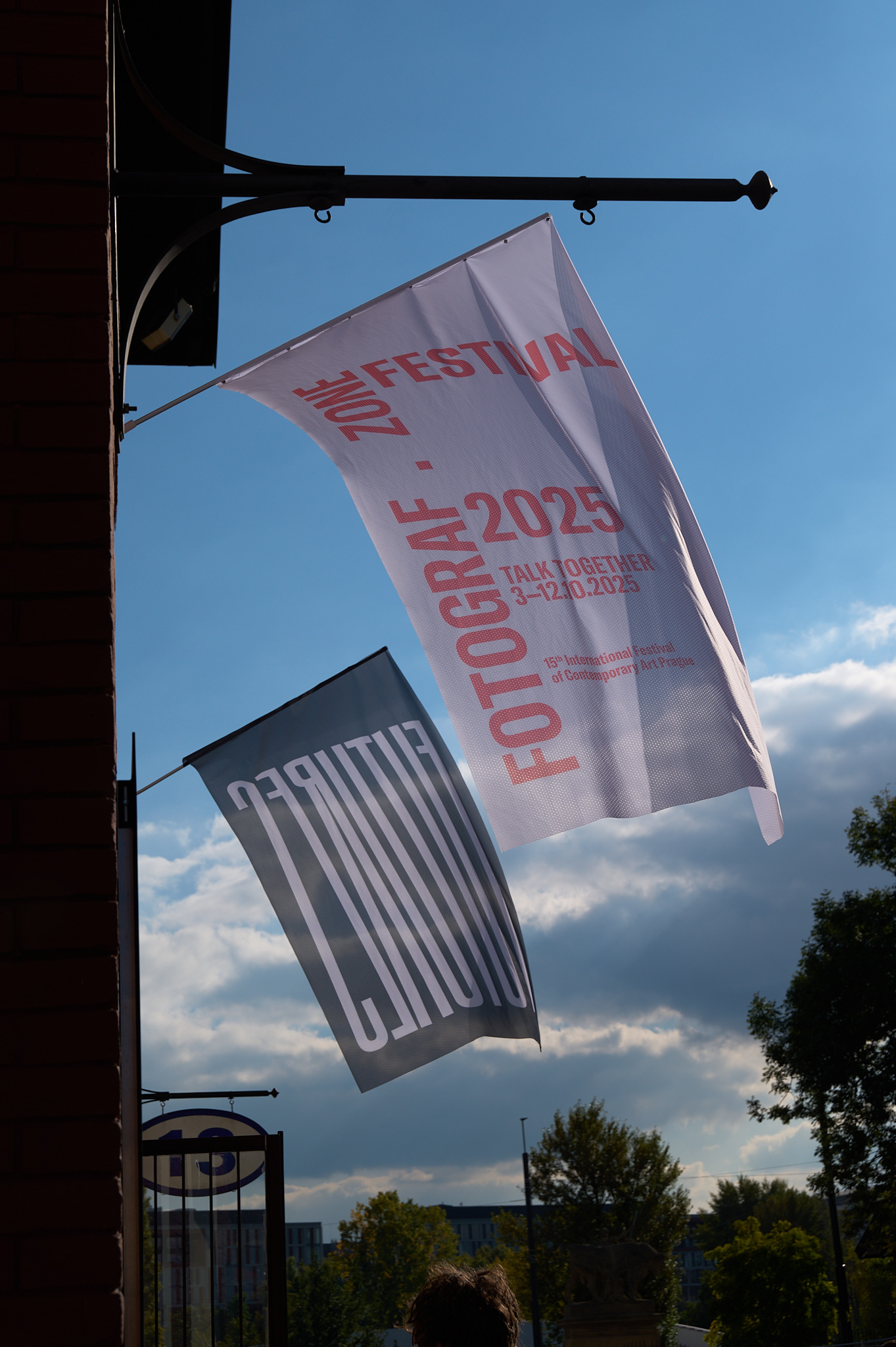

.jpg)
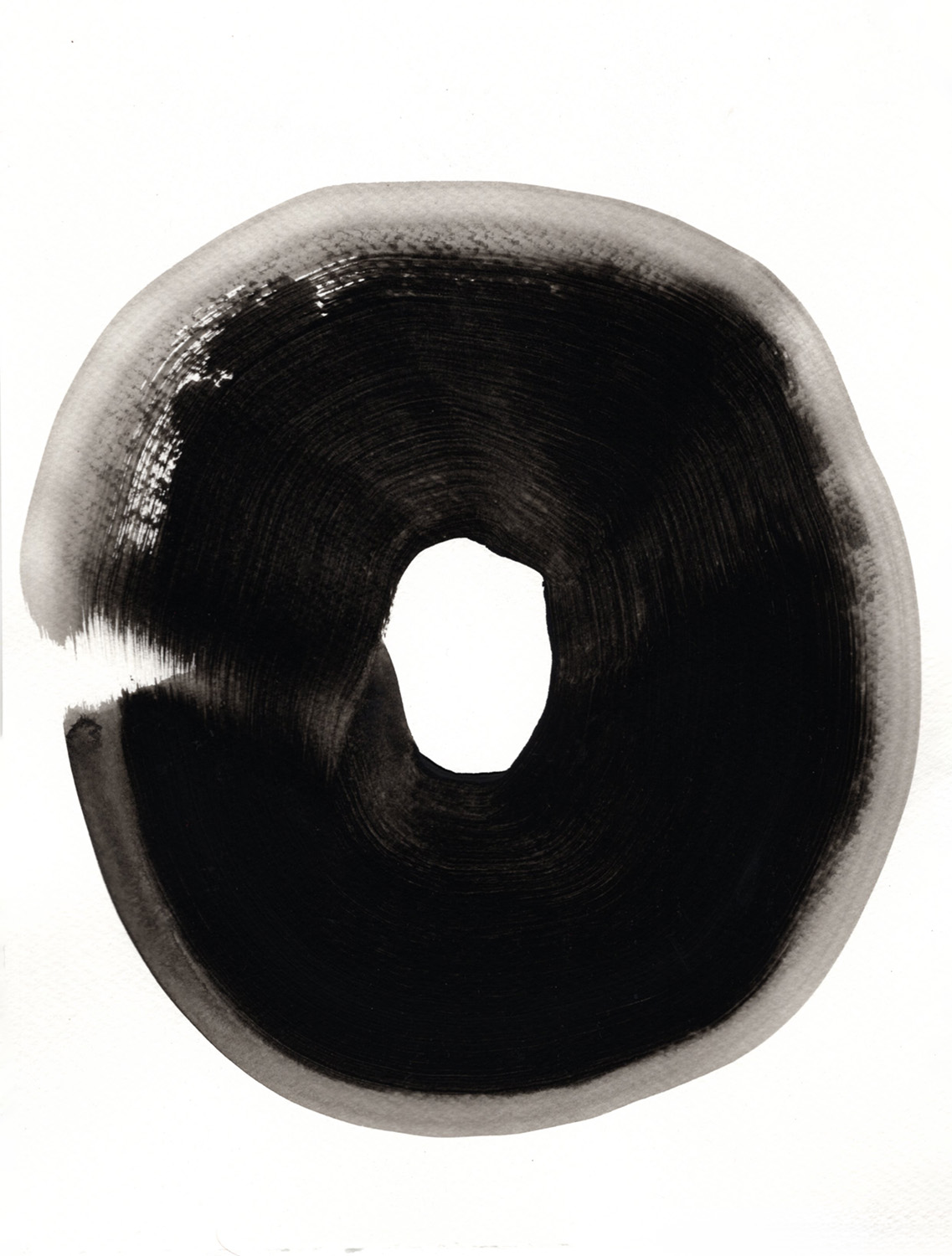
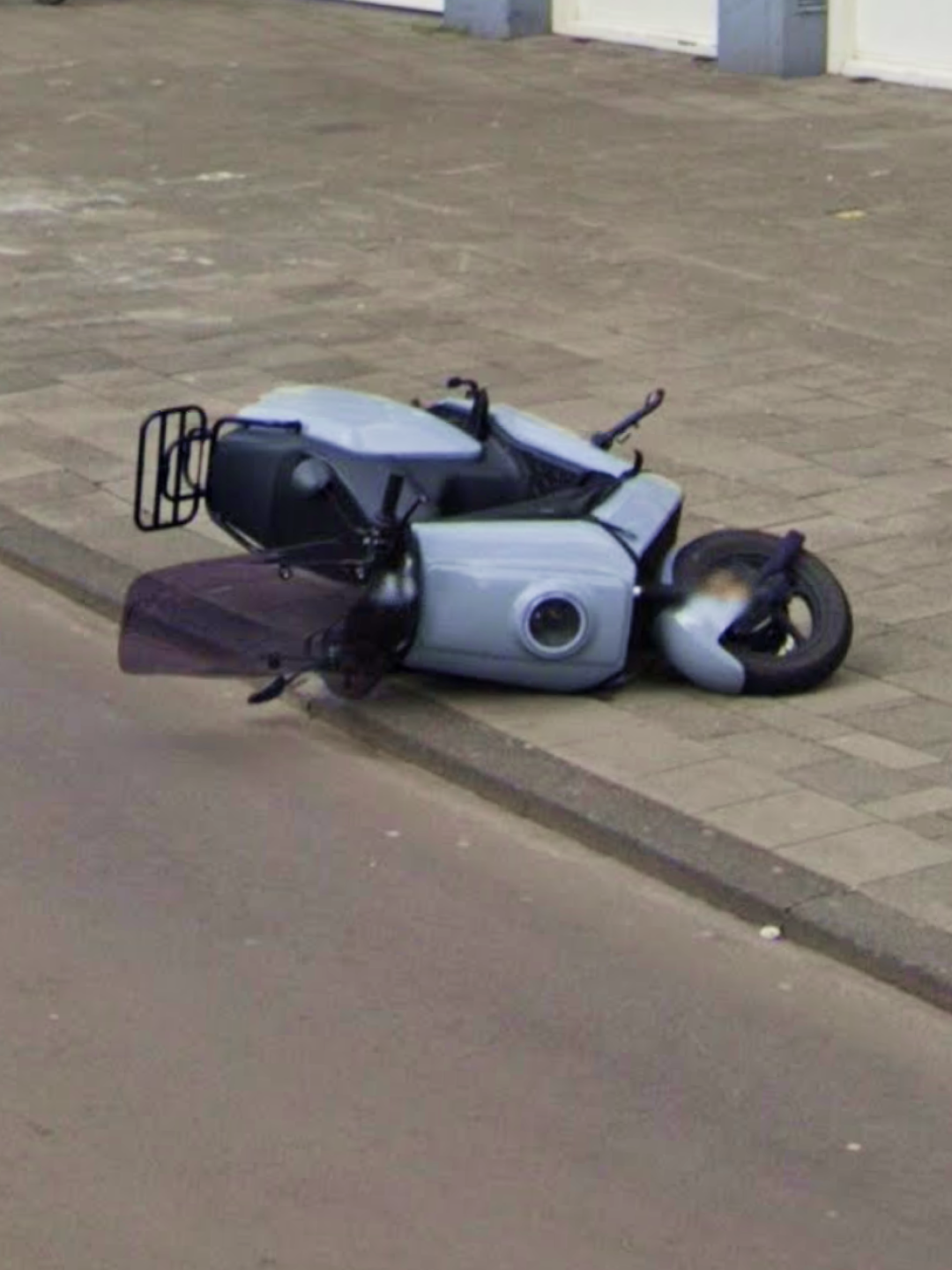








.jpg)


%2520Unseen-campaign-2024-square-forweb.jpeg)
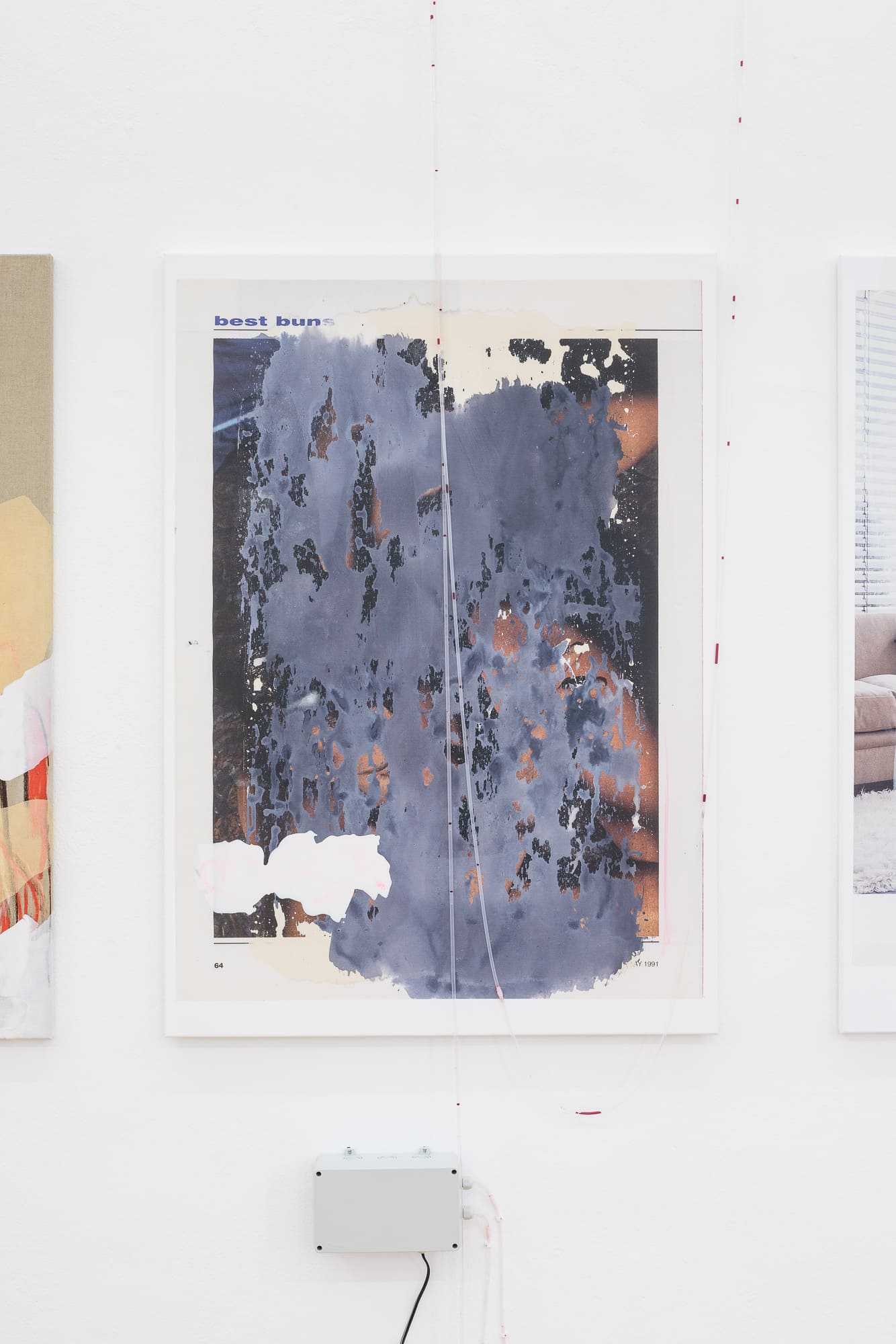

.avif)



.avif)

























.jpeg)





























.jpeg)
















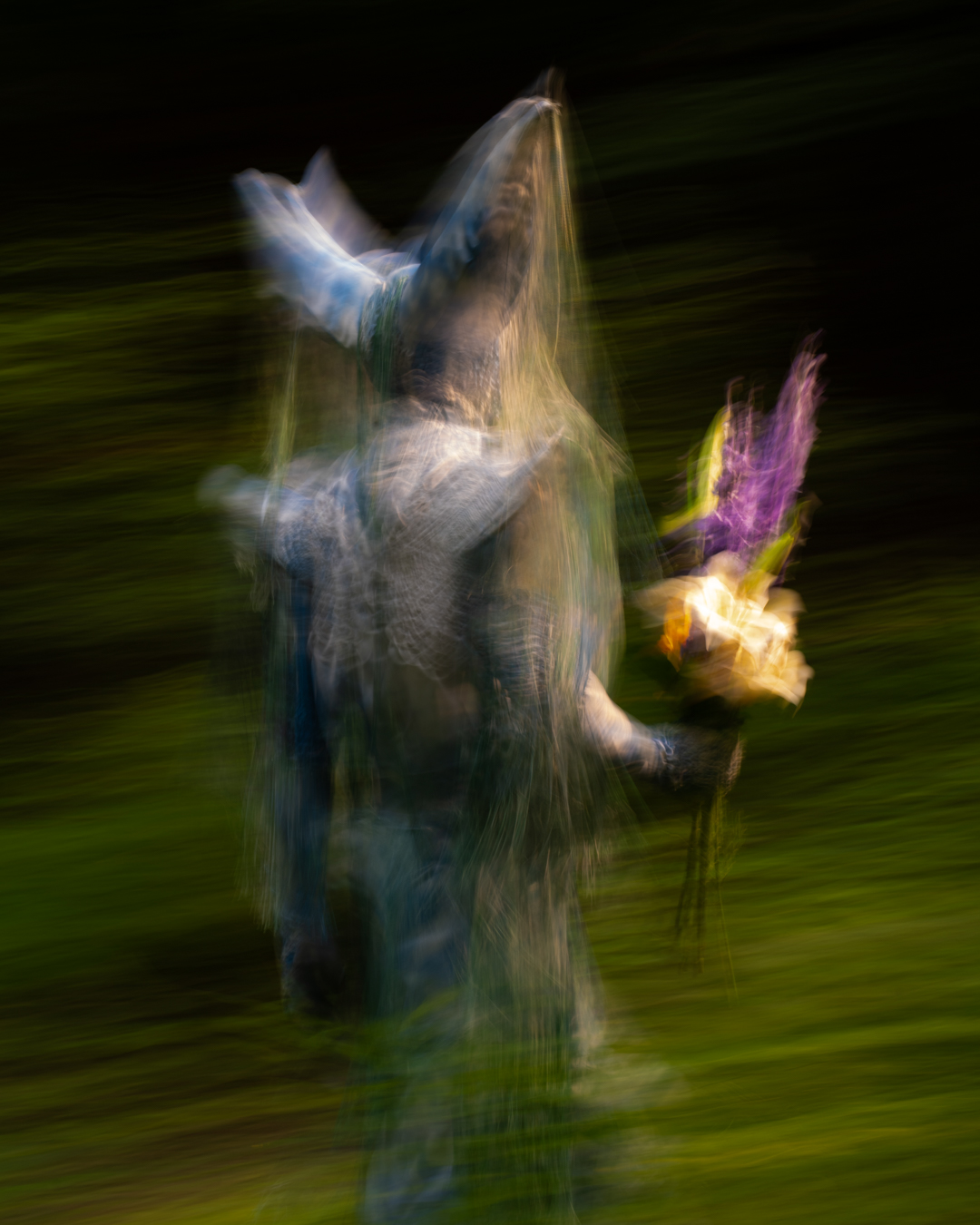
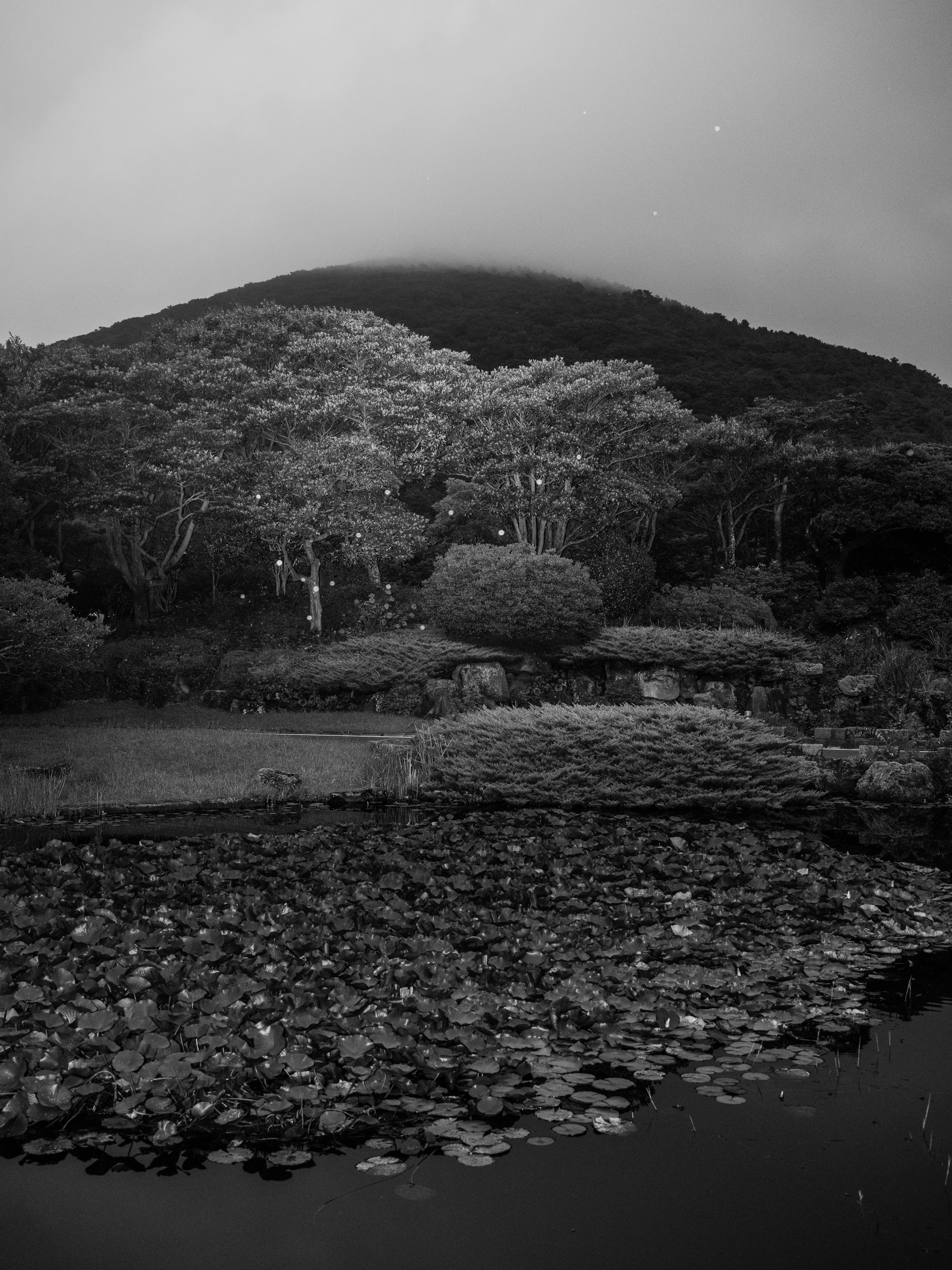



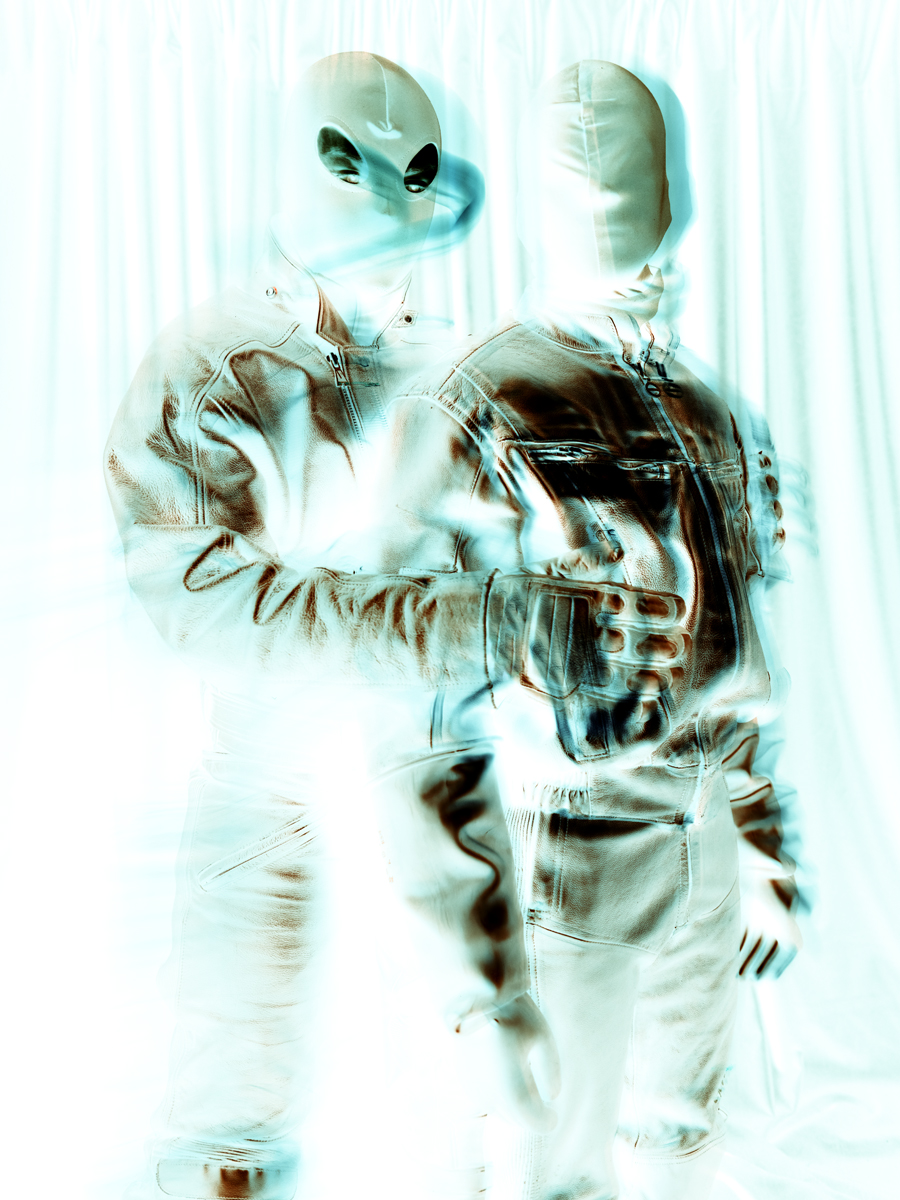




























































%252C%25202015.jpeg)






























